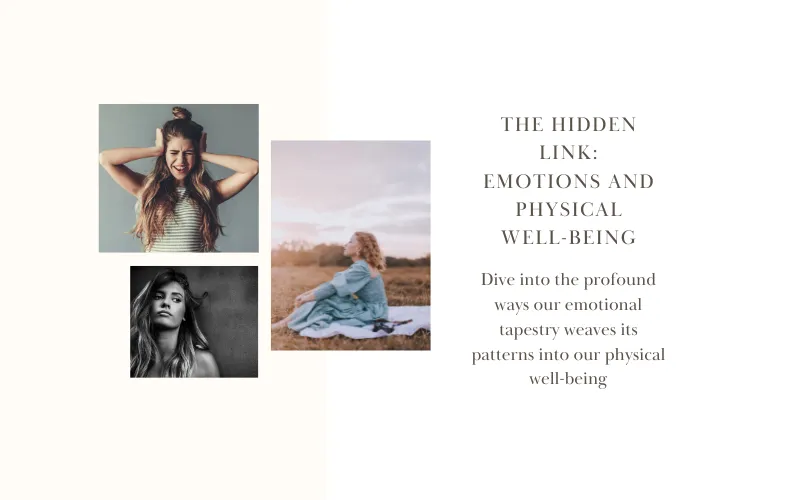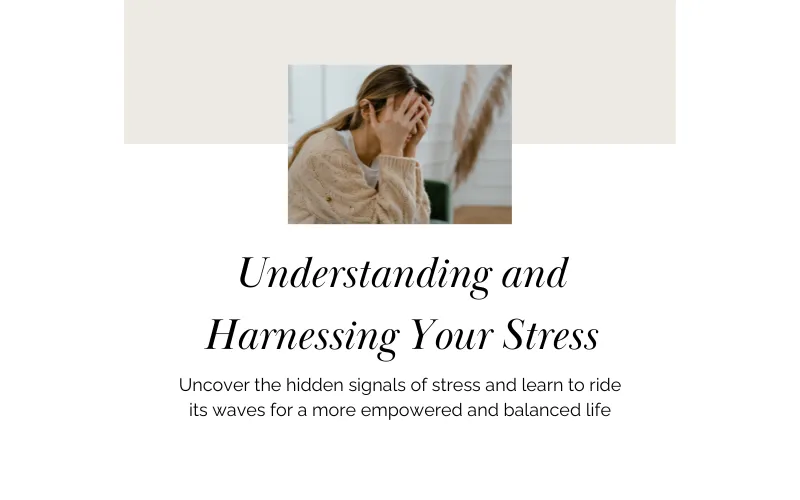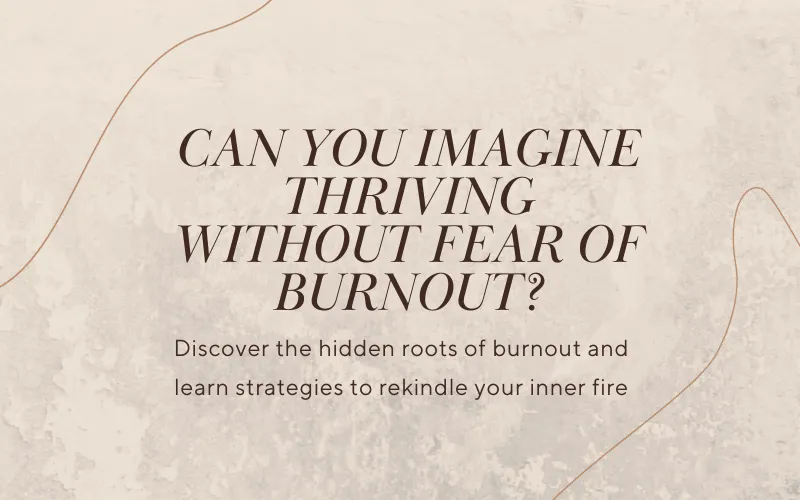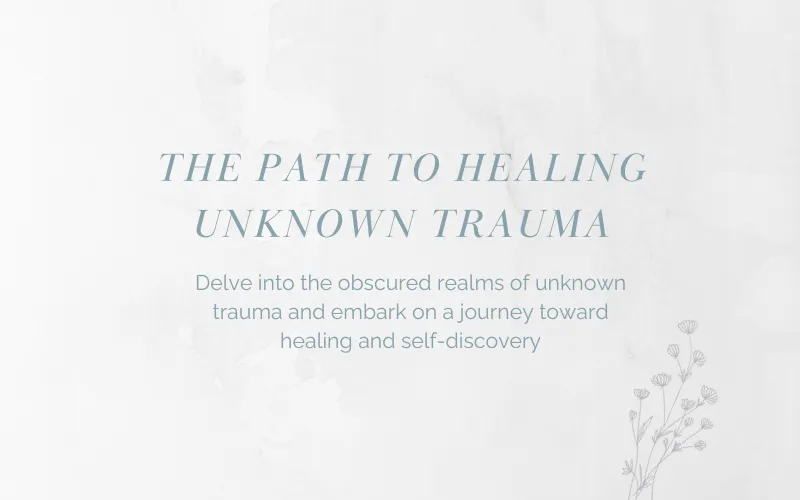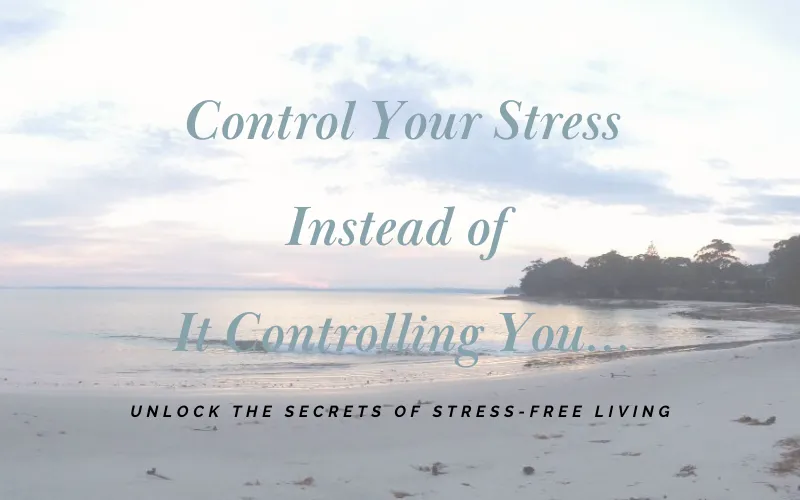Unleash Your Inner Confidence with the Power Pose

The Empowering Science of Body Language: Amy Cuddy's Power Pose
The concept of Amy Cuddy's Power Pose has gained significant attention in recent years for its potential to boost confidence and enhance self-improvement. This powerful body language technique involves adopting expansive, open postures that convey a sense of power and authority.
Research has shown that body language plays a crucial role in shaping our thoughts, emotions, and behaviors. By practicing the Power Pose, individuals can tap into the transformative power of nonverbal cues to unlock their inner confidence. Understanding the science behind body language and its connection to self-improvement is key to harnessing its empowering effects.
In this section, we will delve deeper into the concept of Amy Cuddy's Power Pose, explore the research behind body language, and discover how nonverbal cues can help unleash your inner confidence. Let's embark on this journey of self-discovery and empowerment through the science of body language!
The Power Pose: What is it and How Does it Work?
Defining the Power Pose
The Power Pose refers to a series of expansive, open postures that are associated with feelings of power, confidence, and dominance. This concept was popularized by social psychologist Amy Cuddy in her TED Talk, where she discussed the impact of body language on our thoughts and behaviors. The Power Pose involves standing tall with an open chest, spreading your arms wide, and taking up space.
There are various types of Power Poses that can be performed depending on personal preference and comfort. Some examples include the "Wonder Woman" pose, where you stand with your feet shoulder-width apart and place your hands on your hips, or the "Superman" pose, where you stand with your feet apart and raise your arms above your head in a victory stance.
The Science behind the Power Pose
Amy Cuddy's research on the Power Pose has revealed fascinating insights into its effects on hormone levels and brain chemistry. According to her findings, adopting high-power poses for just a few minutes can lead to an increase in testosterone levels (the hormone associated with dominance) and a decrease in cortisol levels (the stress hormone).
These hormonal changes have significant implications for our confidence levels. Higher testosterone levels are linked to increased feelings of power, assertiveness, and risk-taking behavior. On the other hand, lower cortisol levels indicate reduced stress and anxiety.
Furthermore, there is a strong connection between body language and confidence. When we adopt expansive postures through the Power Pose, we send signals to our brains that we are powerful and capable individuals. This positive self-perception translates into improved confidence in ourselves and our abilities.
Benefits of Practicing the Power Pose
Practicing the Power Pose offers numerous benefits for enhancing self-confidence and performance. By adopting these open postures regularly, individuals may experience:
- Increased feelings of empowerment: The Power Pose can help individuals tap into their inner strength and feel more empowered in various situations.
- Enhanced self-confidence: By embodying the physicality of confidence through expansive postures, individuals can boost their self-assurance and belief in their abilities.
- Improved performance: Research suggests that adopting the Power Pose before high-stakes situations, such as job interviews or presentations, can lead to improved performance and reduced anxiety.
To incorporate the Power Pose into your daily routine, consider setting aside a few minutes each day to practice these empowering postures. Whether it's in the morning before starting your day or before important events, taking the time to strike a Power Pose can have a positive impact on your confidence levels.
The Science Behind Body Language and Confidence
Understanding Body Language
Body language refers to the nonverbal signals that we use to communicate our thoughts, feelings, and intentions. It plays a crucial role in communication, often conveying messages more powerfully than words alone. Body language encompasses various aspects, including facial expressions, gestures, posture, and eye contact.
Different types of body language carry different meanings. For example, crossed arms can indicate defensiveness or resistance, while open palms suggest openness and honesty. Understanding these cues can help us interpret others' emotions and intentions more accurately.
The Connection between Body Language and Confidence
Numerous studies have shown a strong link between body language and feelings of confidence. When we adopt confident postures such as standing tall with an open chest or maintaining good eye contact, we not only project confidence to others but also influence our own self-perception.
By consciously using positive body language cues, individuals can enhance their confidence levels. When we hold ourselves in a confident manner, our brains receive signals that reinforce this perception. As a result, we feel more self-assured and capable in various situations.
To project confidence through body language, consider the following tips:
- Maintain good posture: Stand or sit up straight with your shoulders back to convey an air of confidence and authority.
- Make eye contact: Establishing eye contact shows attentiveness and engagement in conversations.
- Use expressive gestures: Use purposeful hand movements to emphasize points during discussions.
- Smile genuinely: A warm smile can instantly make you appear approachable and confident.
Practical Techniques for Improving Body Language
Improving your body language involves practicing specific techniques that can enhance your nonverbal communication skills. Here are some practical exercises to help you improve your body language:
- Mirror others' body language: Pay attention to the body language of confident individuals around you and try mirroring their postures and gestures. This practice helps you internalize confident body language cues.
- Practice power poses: In addition to the Power Pose discussed earlier, there are other power poses you can incorporate into your daily routine. Spend a few minutes each day standing or sitting in these expansive postures to boost your confidence.
- Record yourself: Use a video camera or smartphone to record yourself during presentations or conversations. Review the footage and identify areas where you can improve your body language, such as maintaining eye contact or using more expressive gestures.
Incorporating positive nonverbal cues into your daily life takes practice and awareness. Over time, these techniques will become natural and effortless, allowing you to project confidence and enhance your overall communication skills.
Nonverbal Cues and Personal Development
The Power of Nonverbal Cues
Nonverbal cues have a profound impact on personal development. They shape how others perceive us and can influence the outcomes of our interactions. By understanding and utilizing nonverbal cues effectively, we can convey confidence, competence, and credibility.
Certain nonverbal cues are particularly powerful in conveying confidence and competence. For example, maintaining good eye contact shows attentiveness and engagement, while a firm handshake can project strength and assertiveness. Other cues include standing tall with good posture, using expressive hand gestures, and speaking with a clear and confident voice.
Using Nonverbal Cues for Self-Improvement
Incorporating positive nonverbal cues into our daily routines can have a significant impact on self-confidence and personal growth. Here are some tips for using body language to boost self-confidence and achieve personal goals:
- Practice open body language: Adopting open postures, such as uncrossing your arms or keeping your palms facing up, signals approachability and openness.
- Maintain eye contact: Making consistent eye contact during conversations demonstrates confidence and active listening.
- Use confident gestures: Incorporate purposeful hand movements to emphasize key points or display enthusiasm during discussions.
By consciously incorporating these nonverbal cues into our interactions, we not only enhance our own self-confidence but also create positive impressions on others. This can lead to improved relationships, increased opportunities for growth, and enhanced professional success.
Combining the Power Pose with Other Nonverbal Cues
The Power Pose can be combined with other nonverbal cues to create a more impactful presence. When used together, these cues have synergistic effects that amplify their individual benefits.
For example, before an important meeting or presentation, you can start by practicing the Power Pose to boost your confidence levels. Then, as you engage in conversation or deliver your message, incorporate other nonverbal cues such as maintaining eye contact, using confident gestures, and speaking with clarity.
By combining these powerful nonverbal cues, you create a confident and powerful presence that captivates attention and leaves a lasting impression on others. Remember to practice these techniques regularly to make them second nature in your daily life.
Harnessing the power of nonverbal communication through techniques like the Power Pose allows us to take control of our personal development journey. By mastering these skills, we unlock new levels of confidence that empower us to achieve our goals and reach our full potential.
Unleashing Your Inner Confidence
In conclusion, body language and the Power Pose have the incredible ability to boost confidence and unlock our inner potential. By understanding the science behind body language and incorporating positive nonverbal cues into our daily routines, we can enhance our self-confidence and achieve personal growth.
Practicing the Power Pose, along with other nonverbal cues such as maintaining good posture, making eye contact, and using confident gestures, can have a transformative effect on how we perceive ourselves and how others perceive us. These techniques empower us to project confidence, communicate effectively, and achieve success in various aspects of life.
So, embrace the power of body language and unleash your inner confidence. Practice these techniques consistently and watch as they positively impact your personal development journey. Remember that nonverbal cues have the potential to shape perceptions, influence outcomes, and ultimately help you become the best version of yourself.
Ready to Take the Next Step?
If you find yourself relating to a lack of confidence, anxiety, or low self-esteem issues and are ready to take proactive steps towards rejuvenation, consider joining the waitlist for The Reconnection Method. This program is designed to guide you through a personalized path to recovery and vitality. Don't navigate these challenges alone; support is within reach.
Secure Your Spot on the Waitlist and begin your journey to a balanced and energized life.
Go on…TRY IT!
References
- Cuddy, A. J. C., Wilmuth, C. A., & Carney, D. R. (2012). The benefit of power posing before a high-stakes social evaluation. Harvard Business School Working Paper, No. 13-027. Retrieved from Harvard Business School Publications.
- Cuddy, A. (2012). Your body language may shape who you are. TED Talk. Retrieved from TED.
- Carney, D. R., Cuddy, A. J., & Yap, A. J. (2010). Power posing: Brief nonverbal displays affect neuroendocrine levels and risk tolerance. Psychological Science, 21(10), 1363-1368. Retrieved from SAGE Journals.

